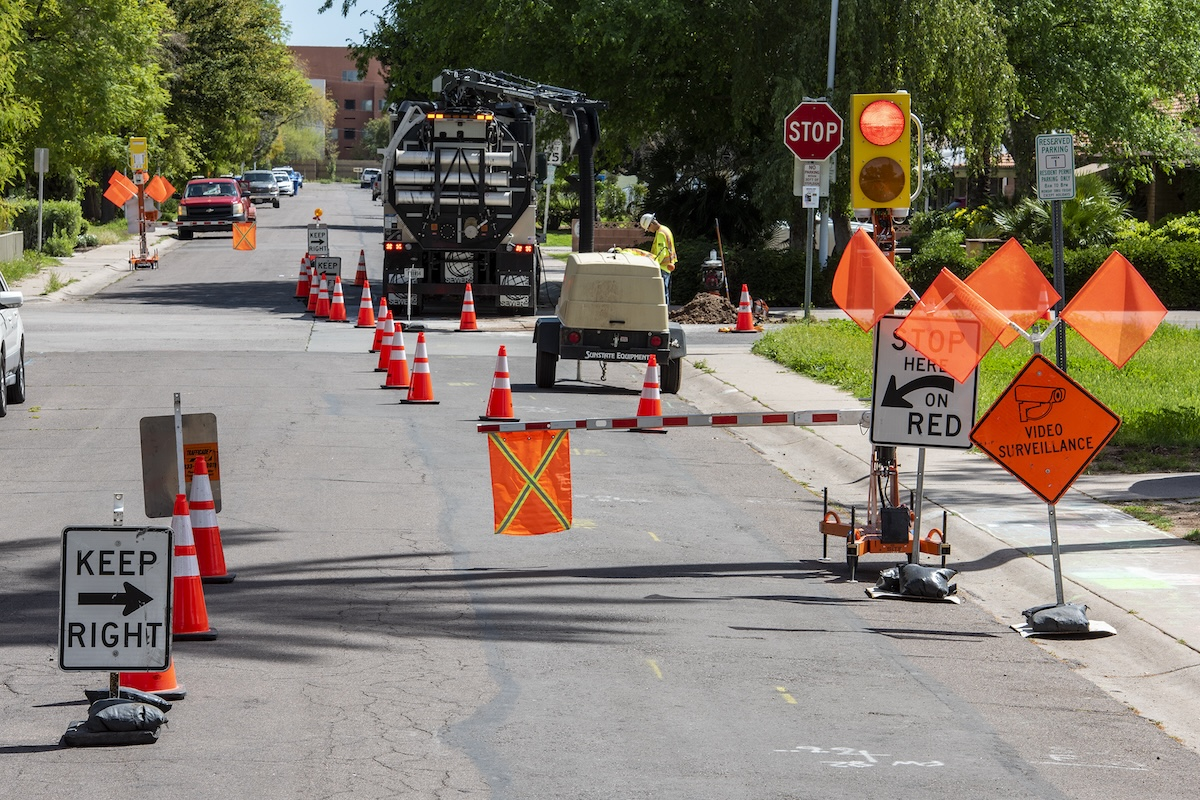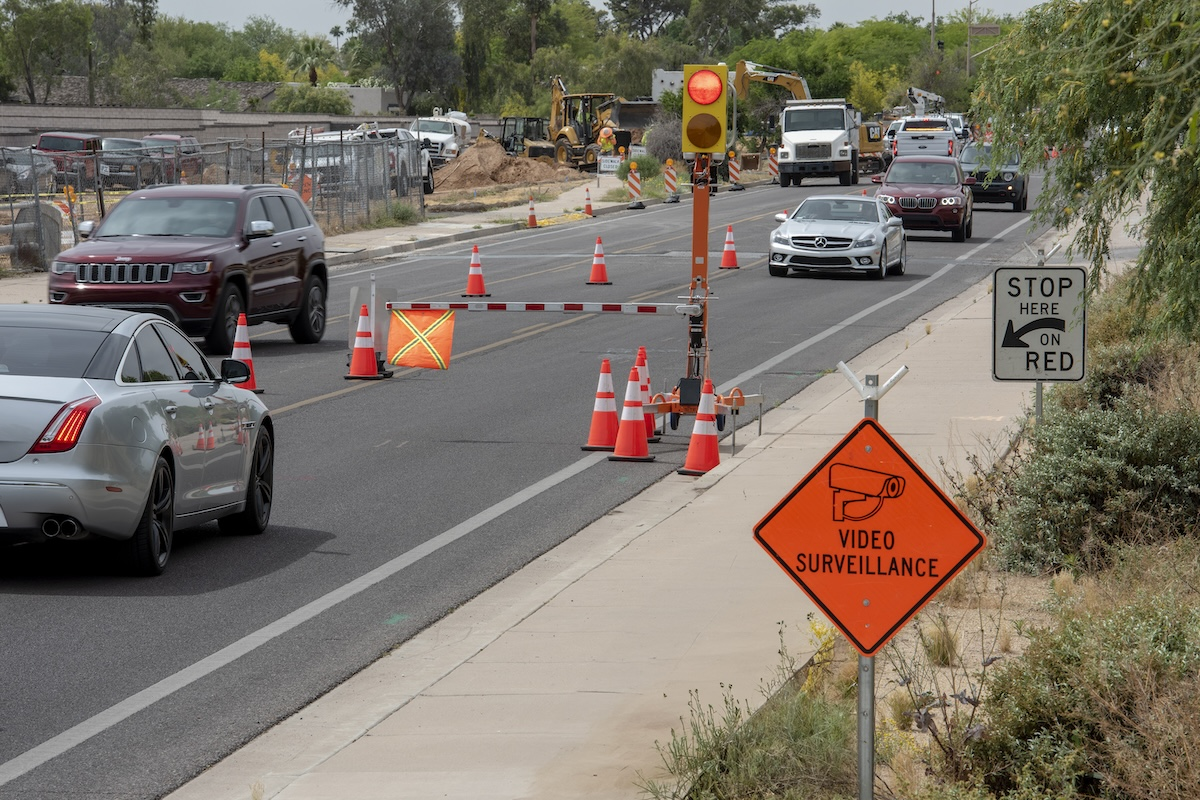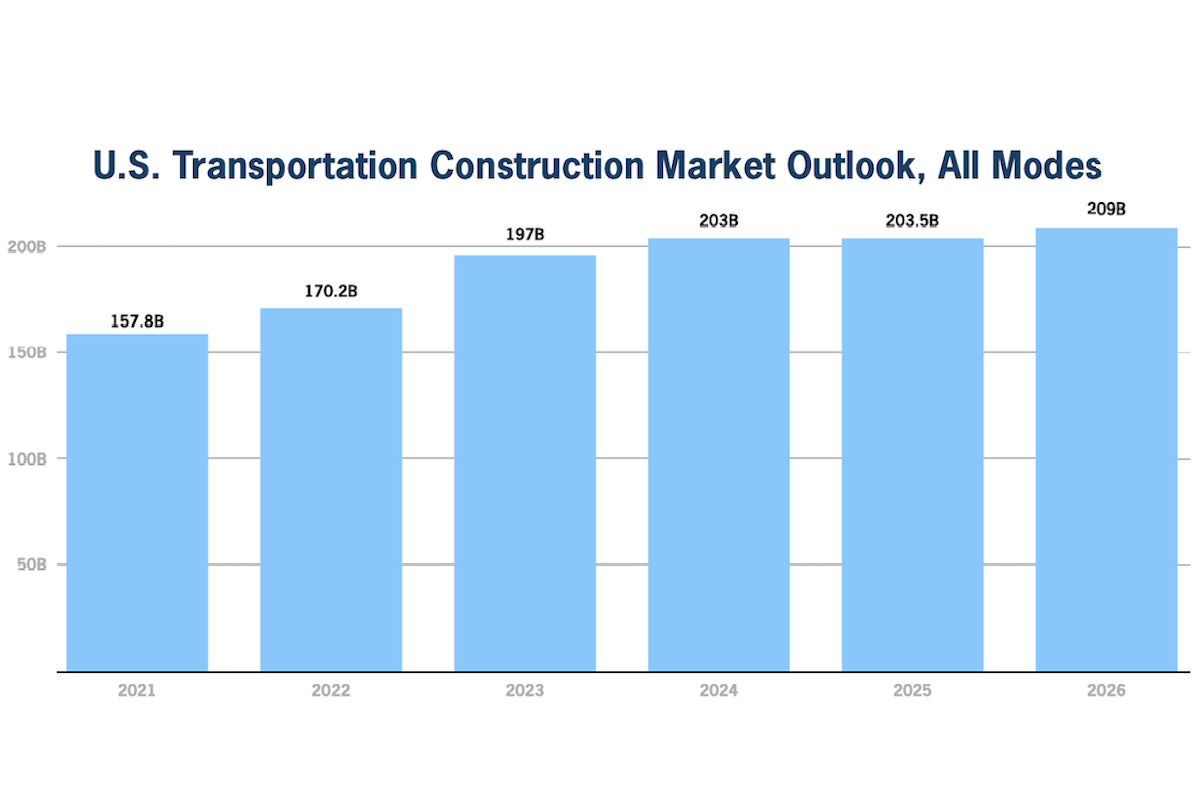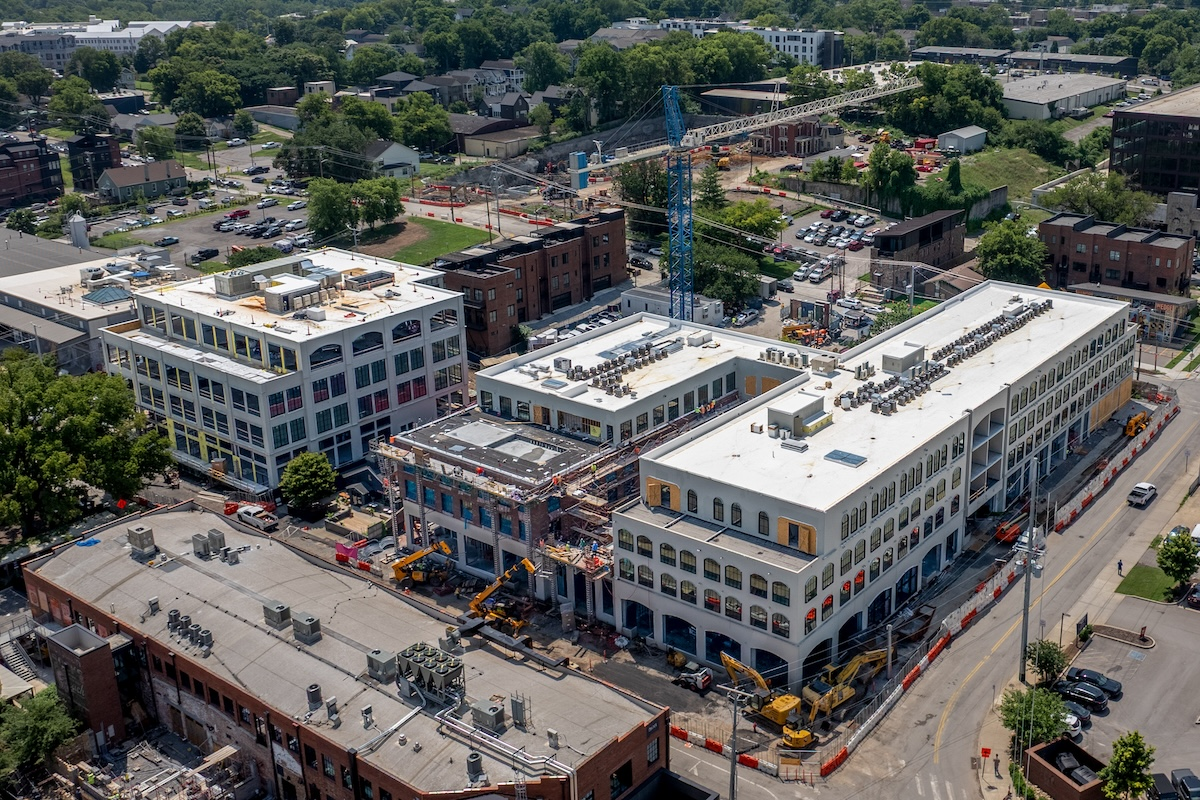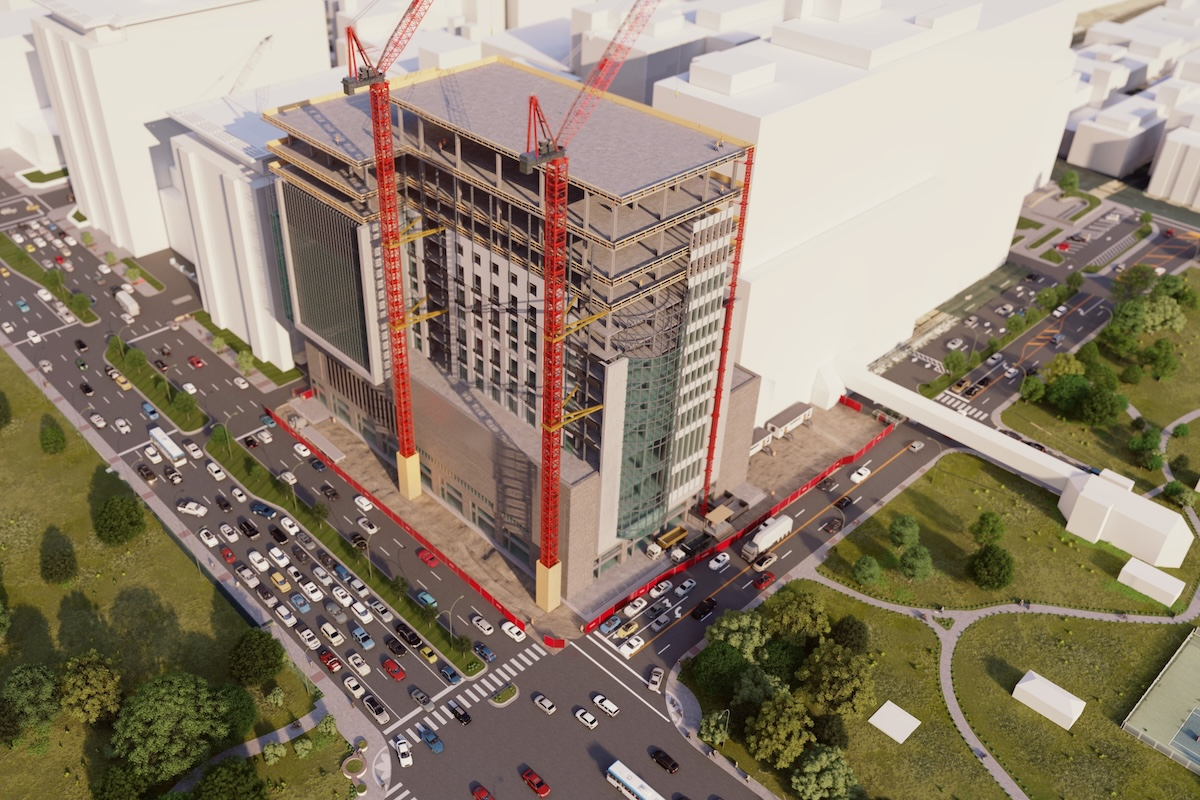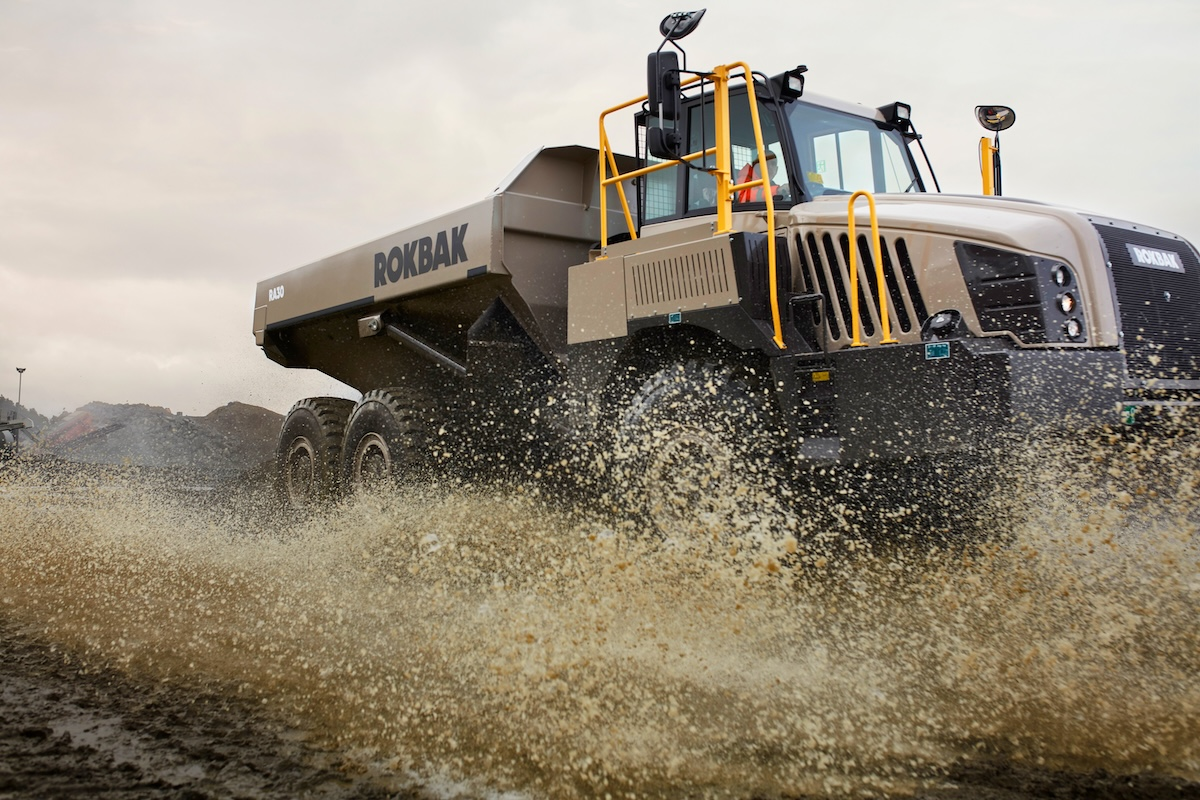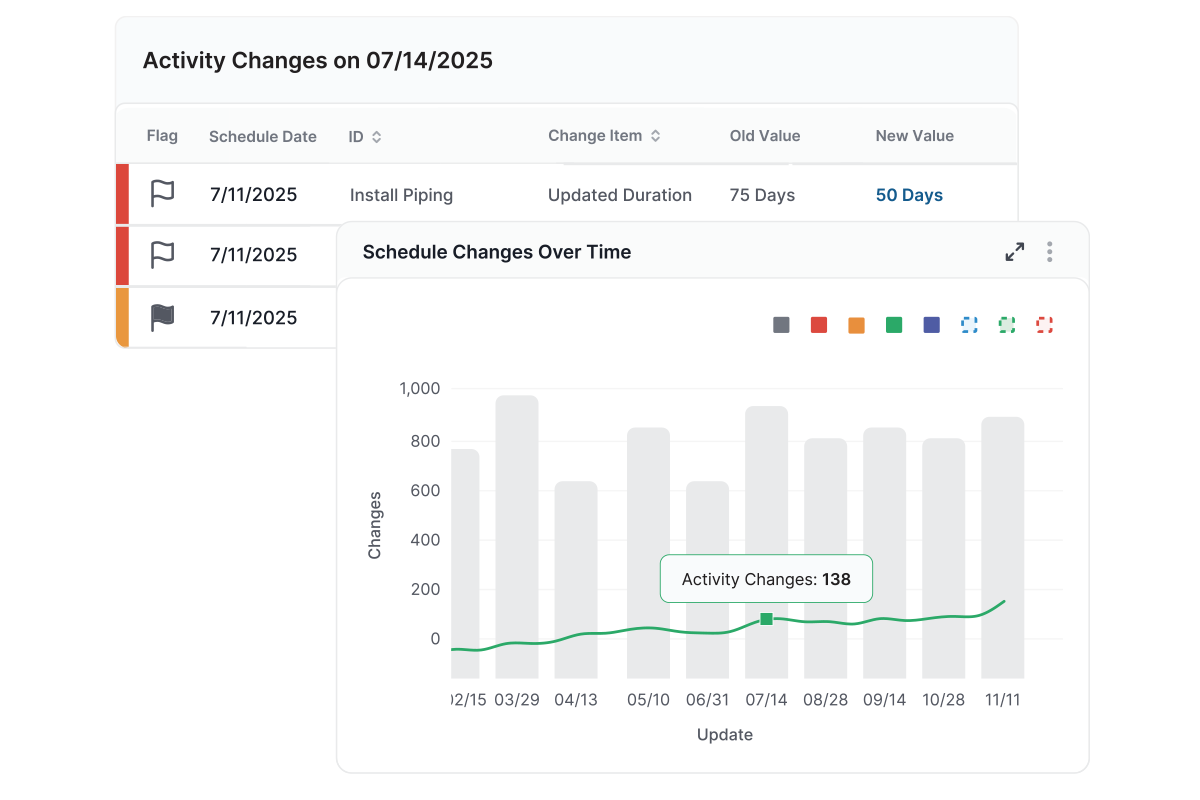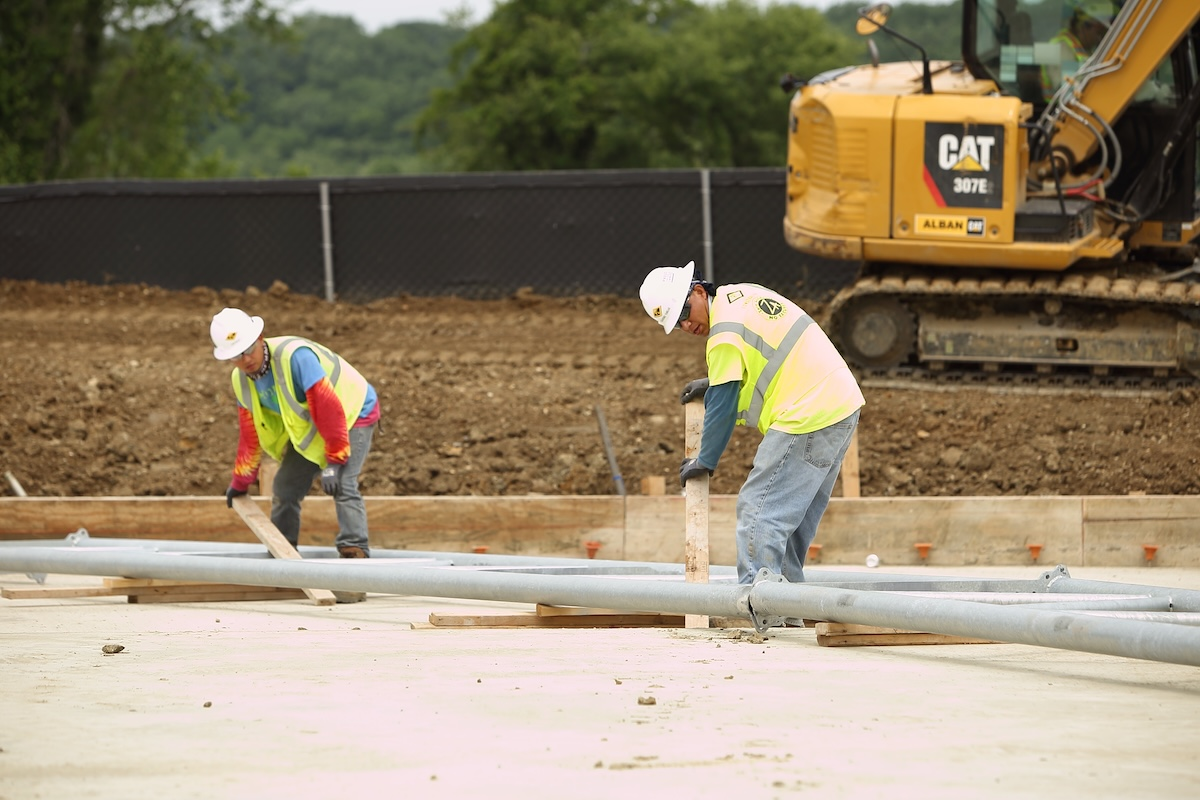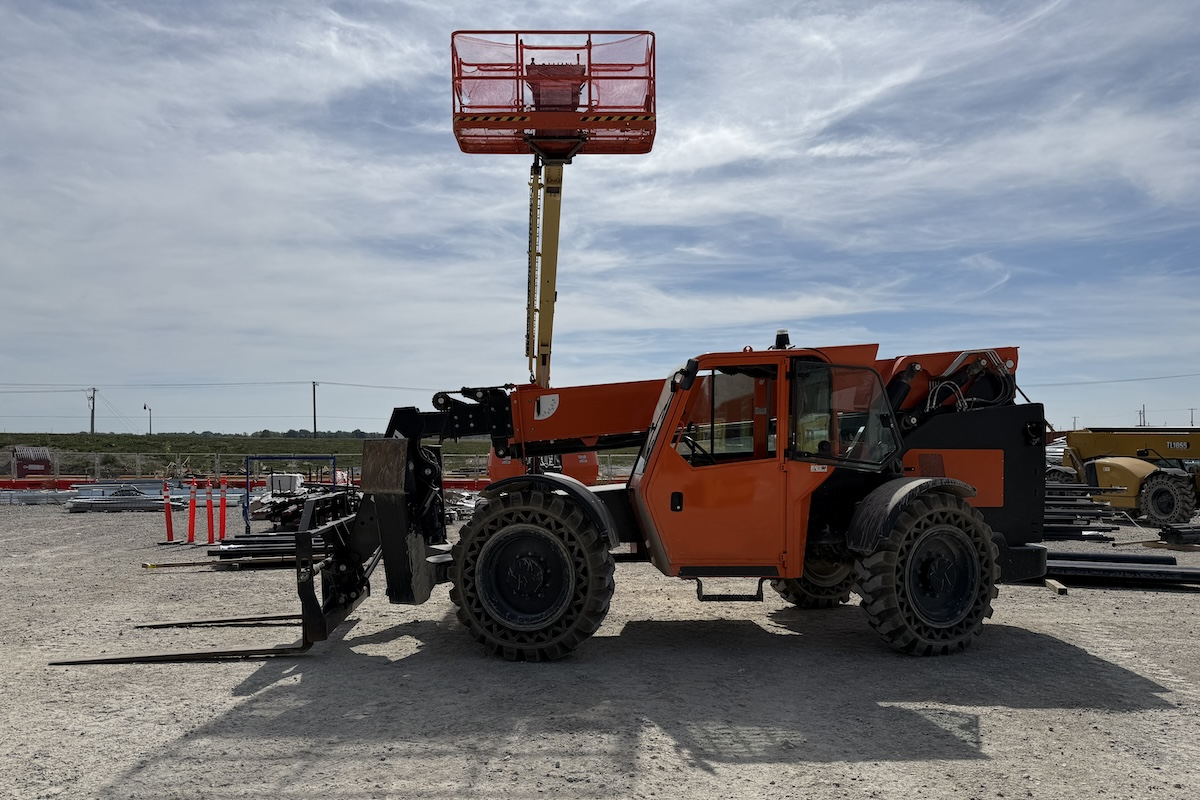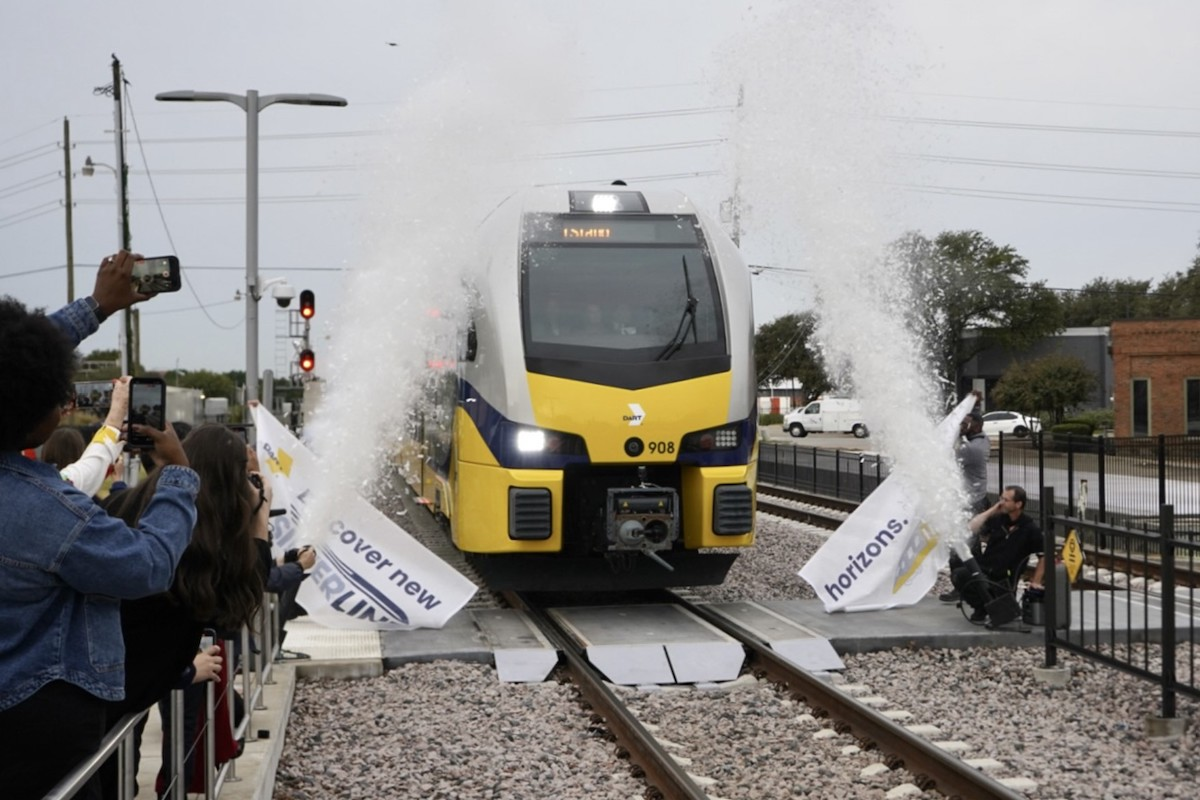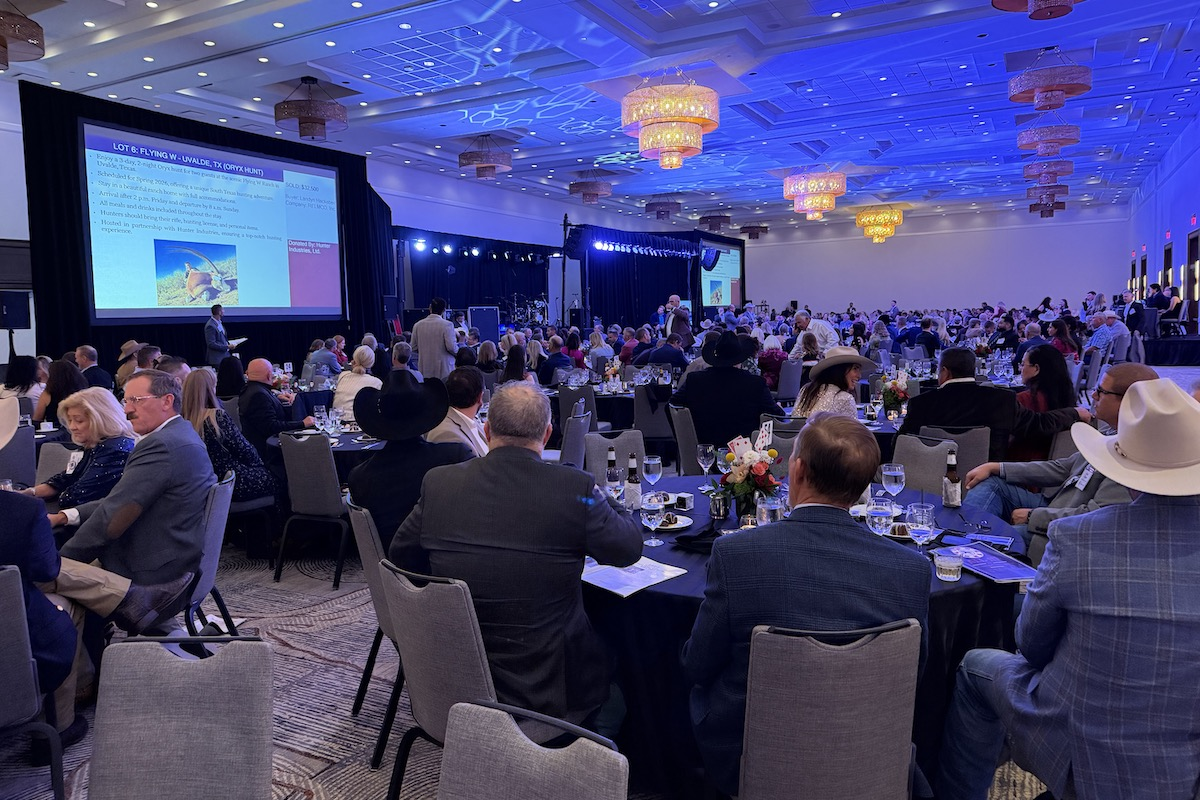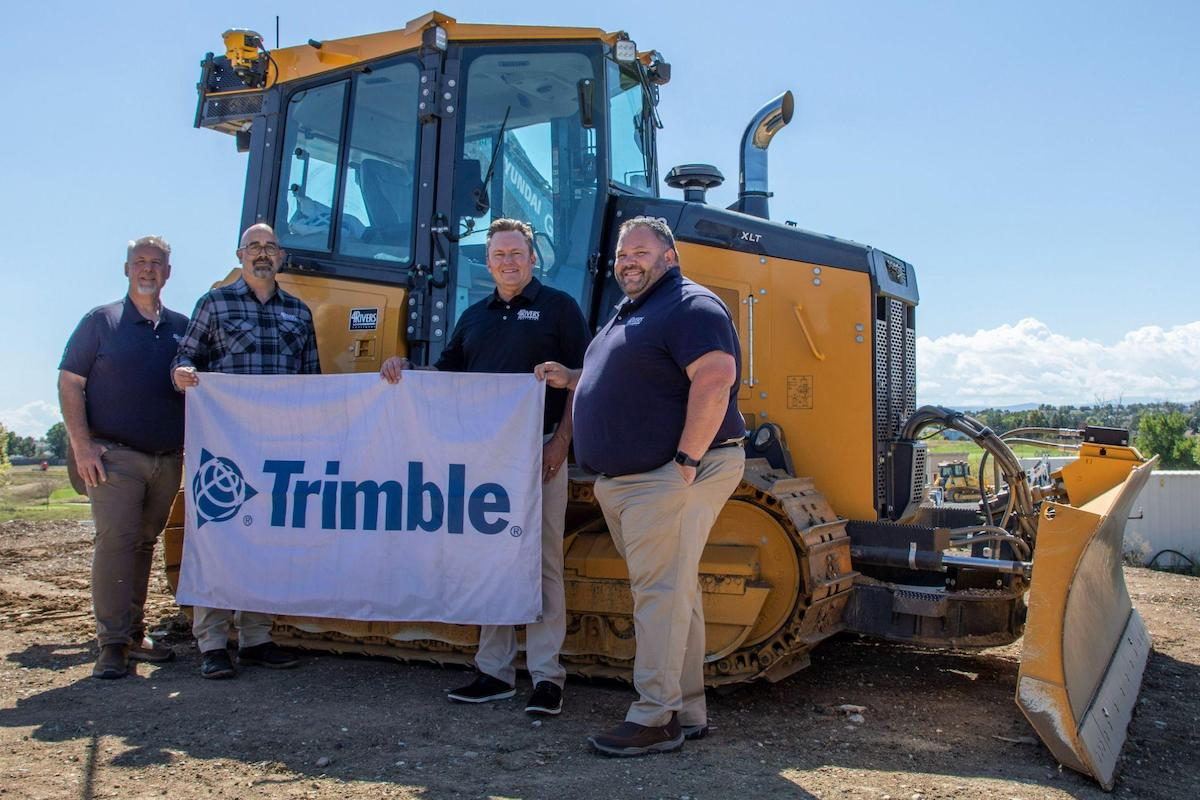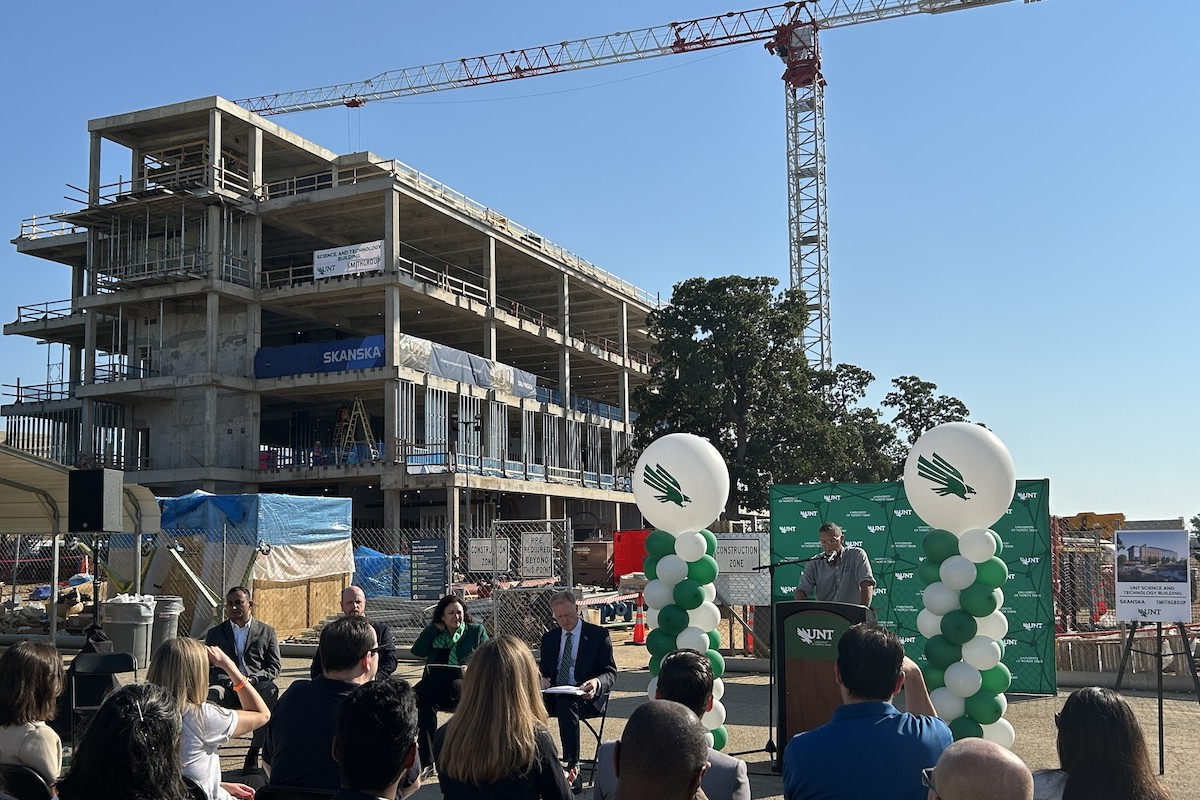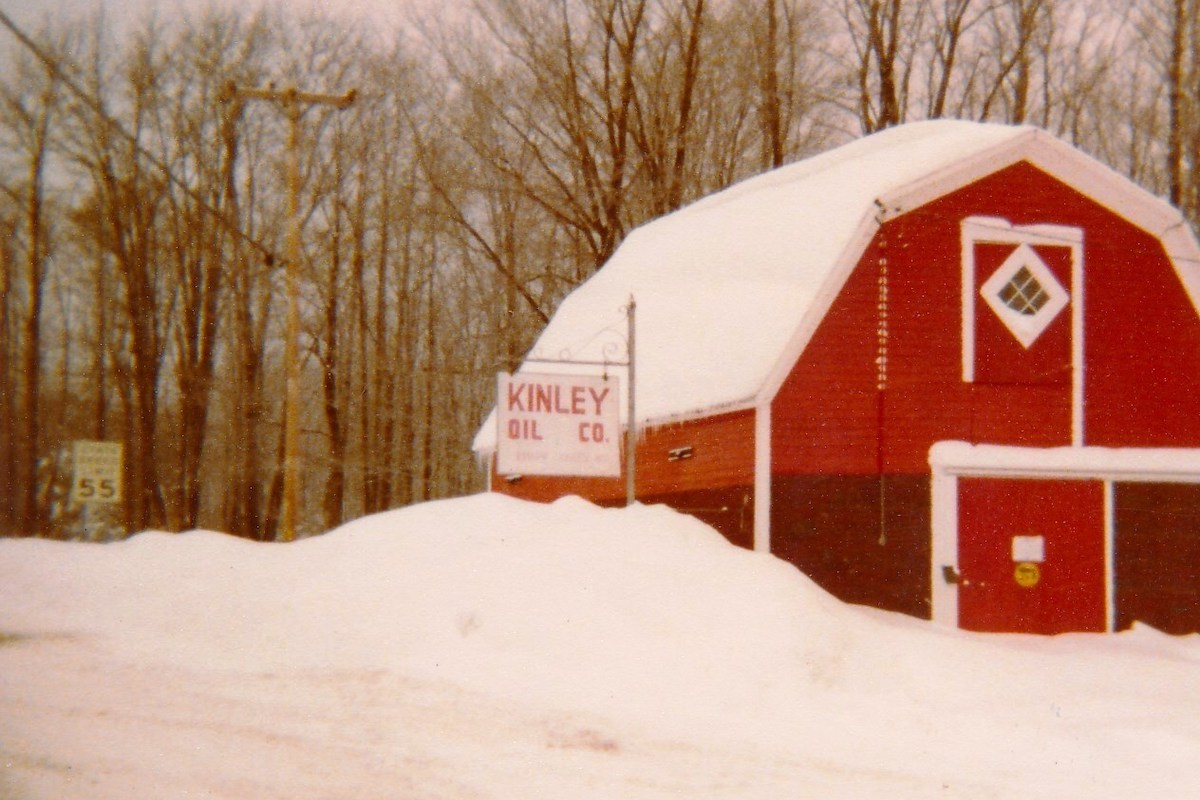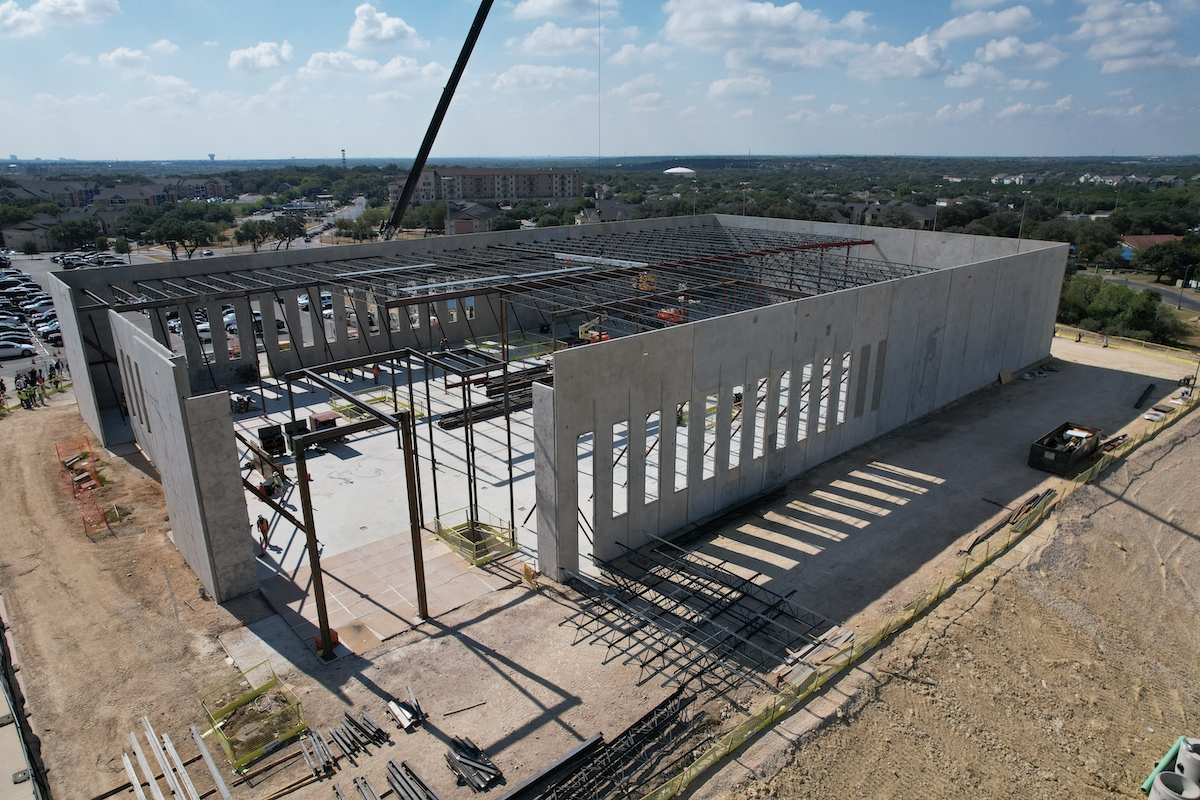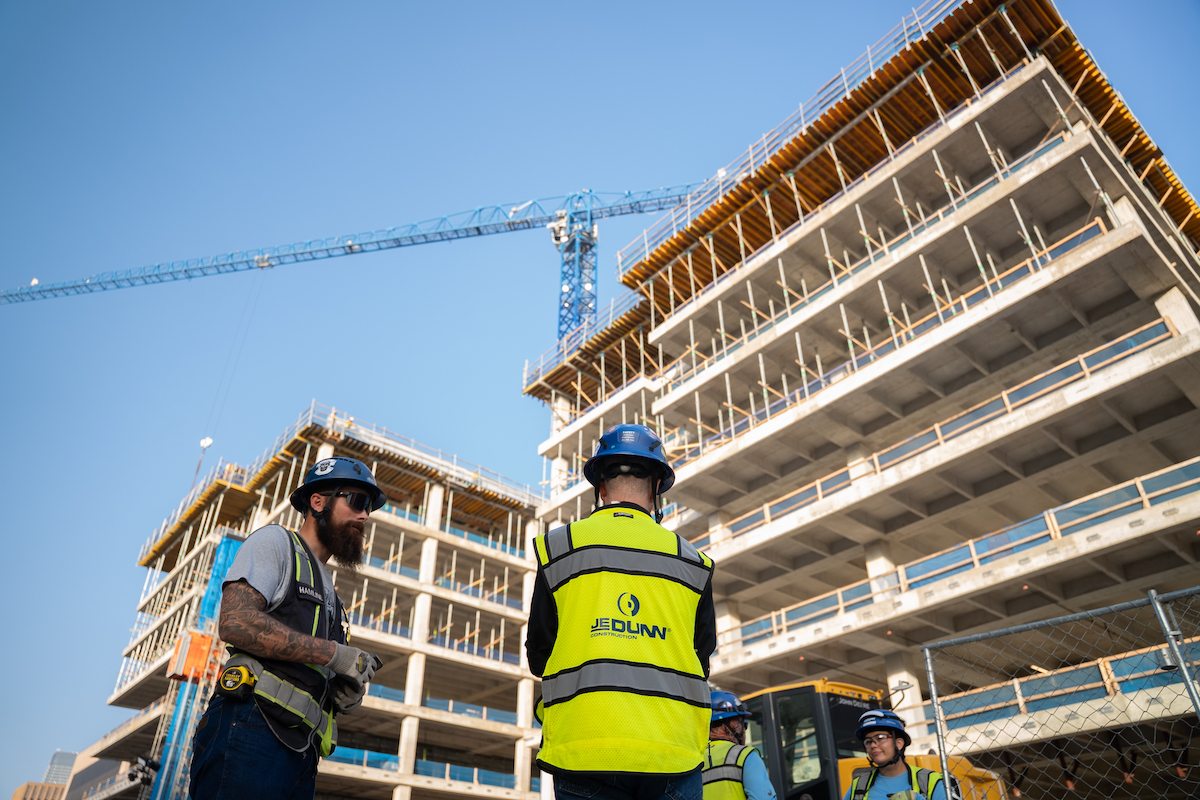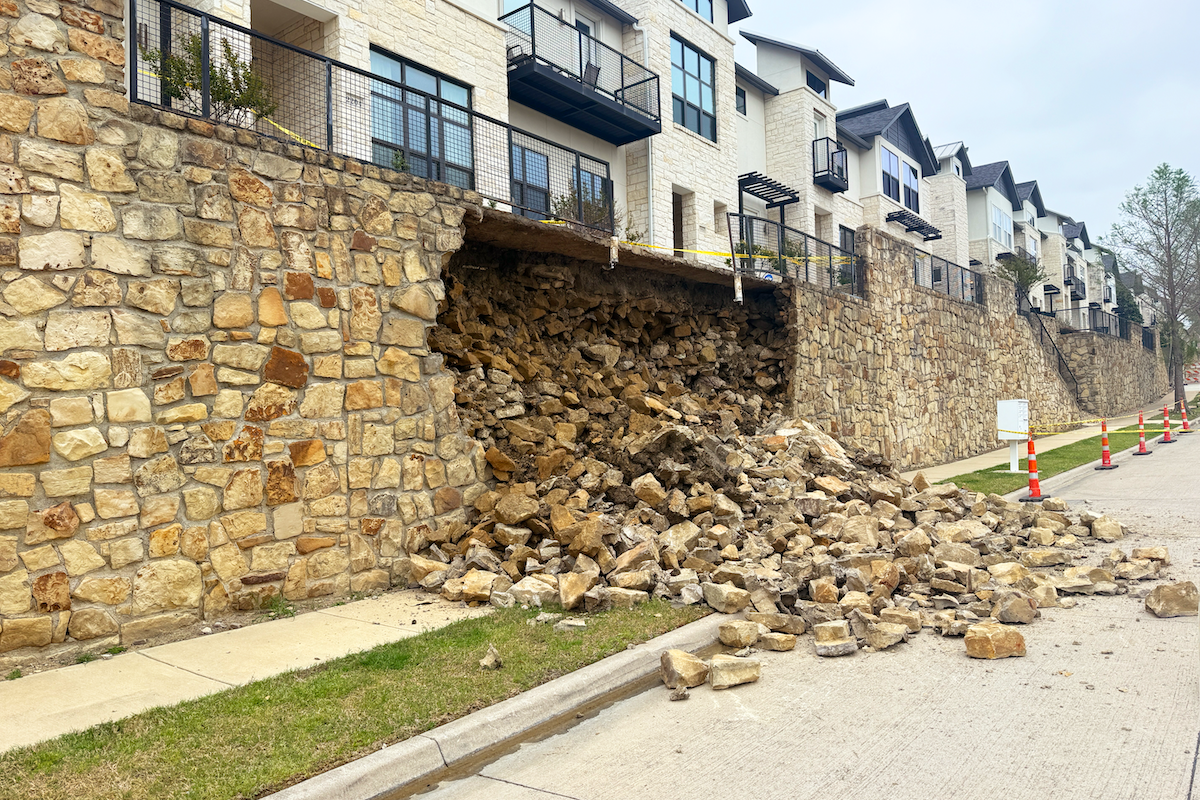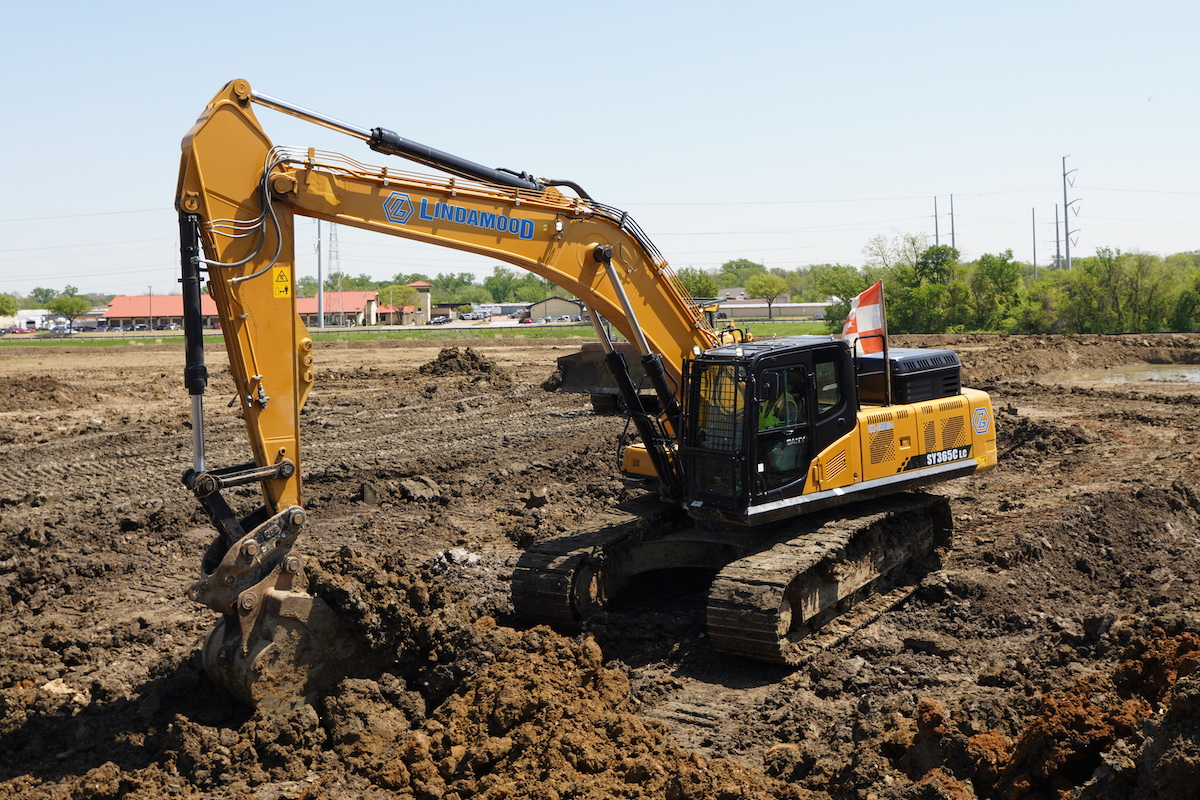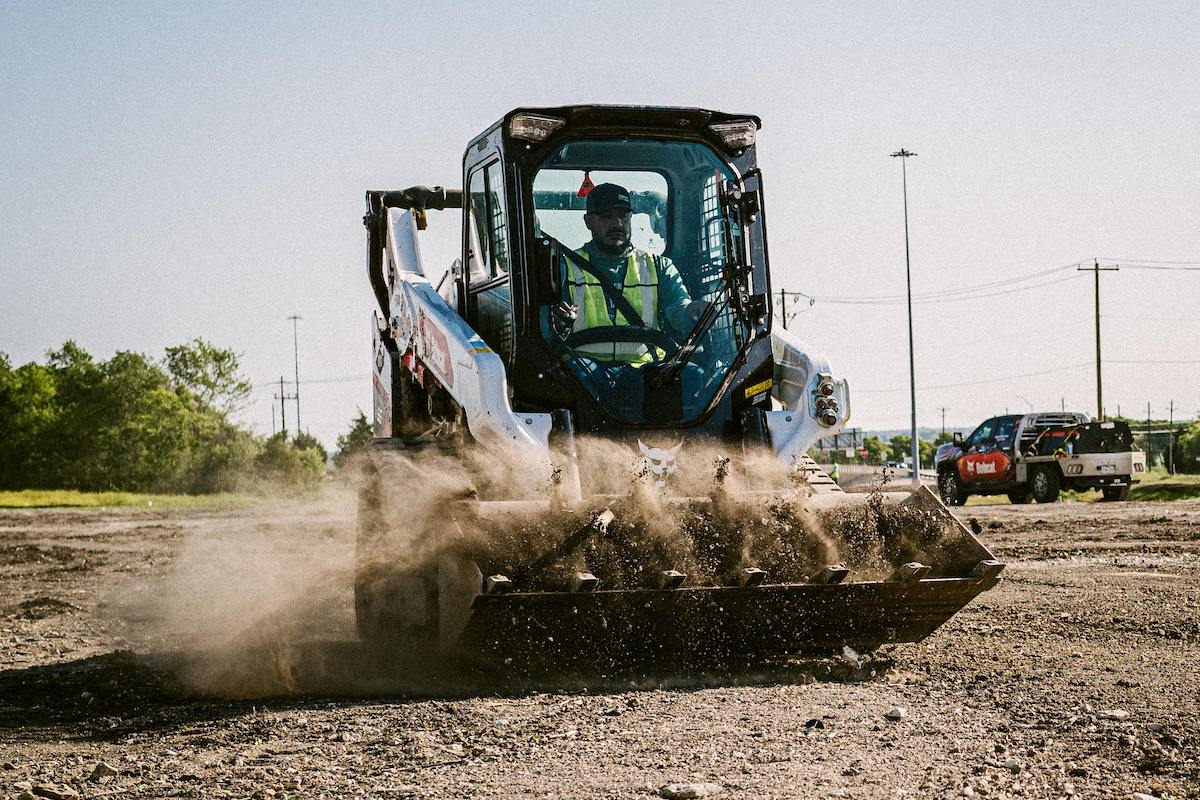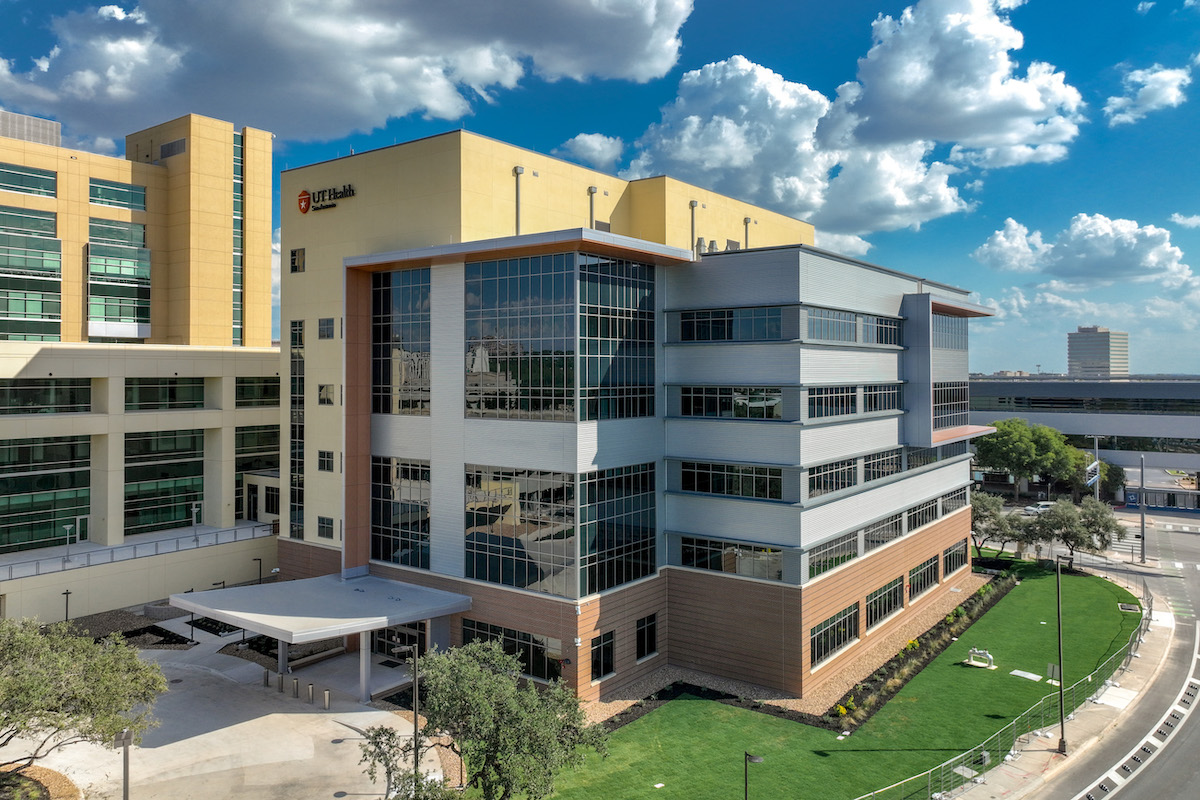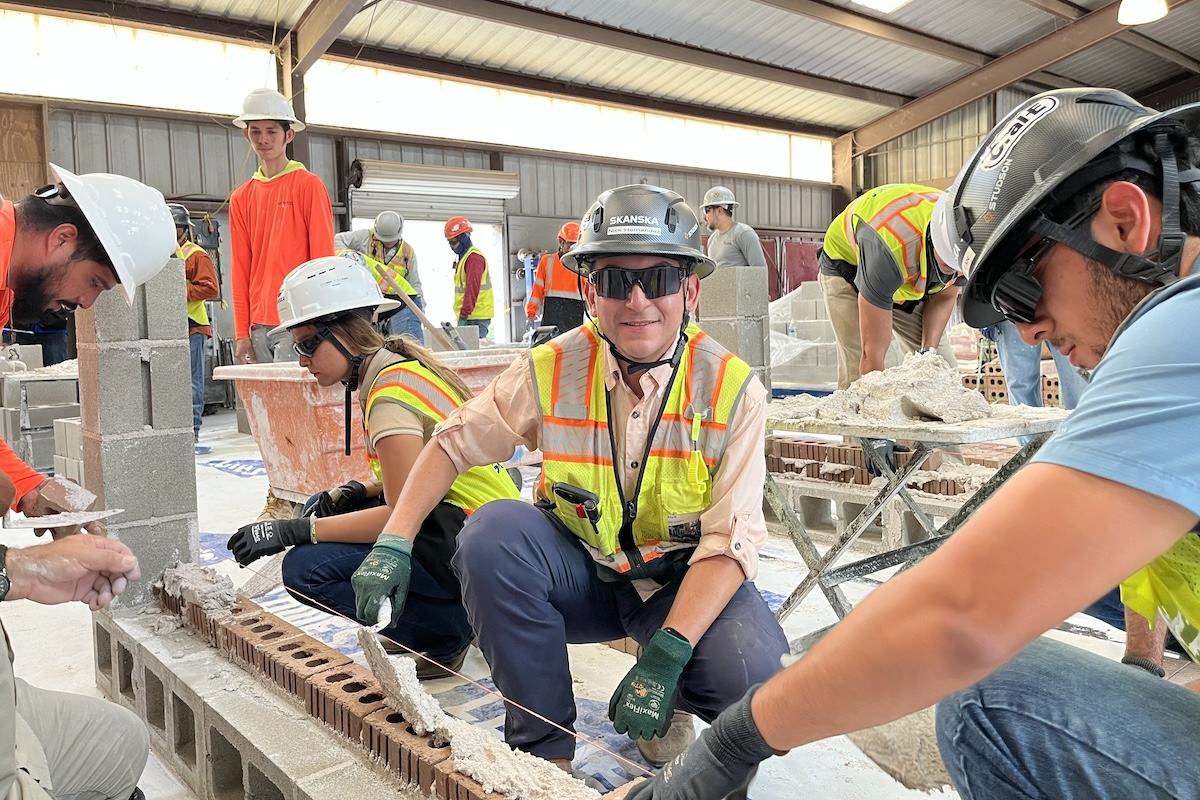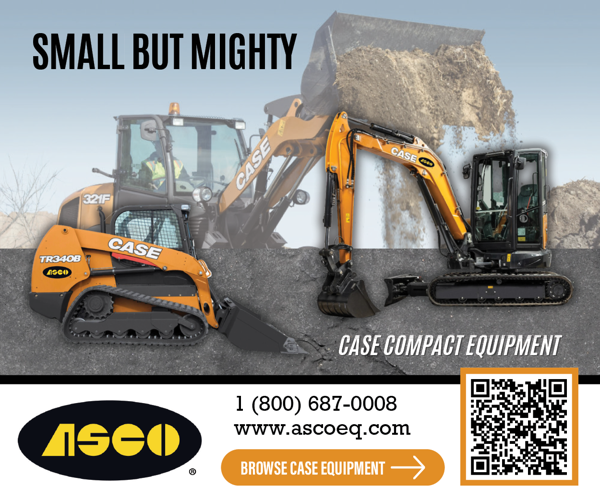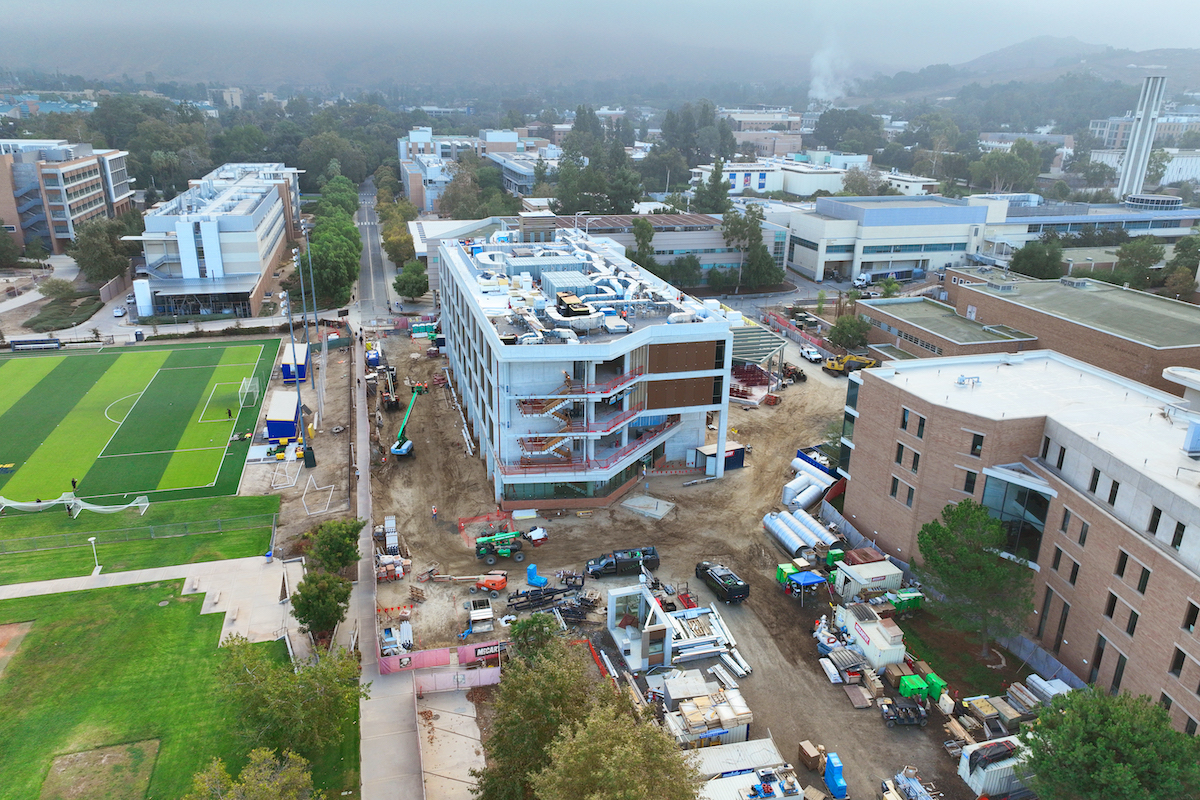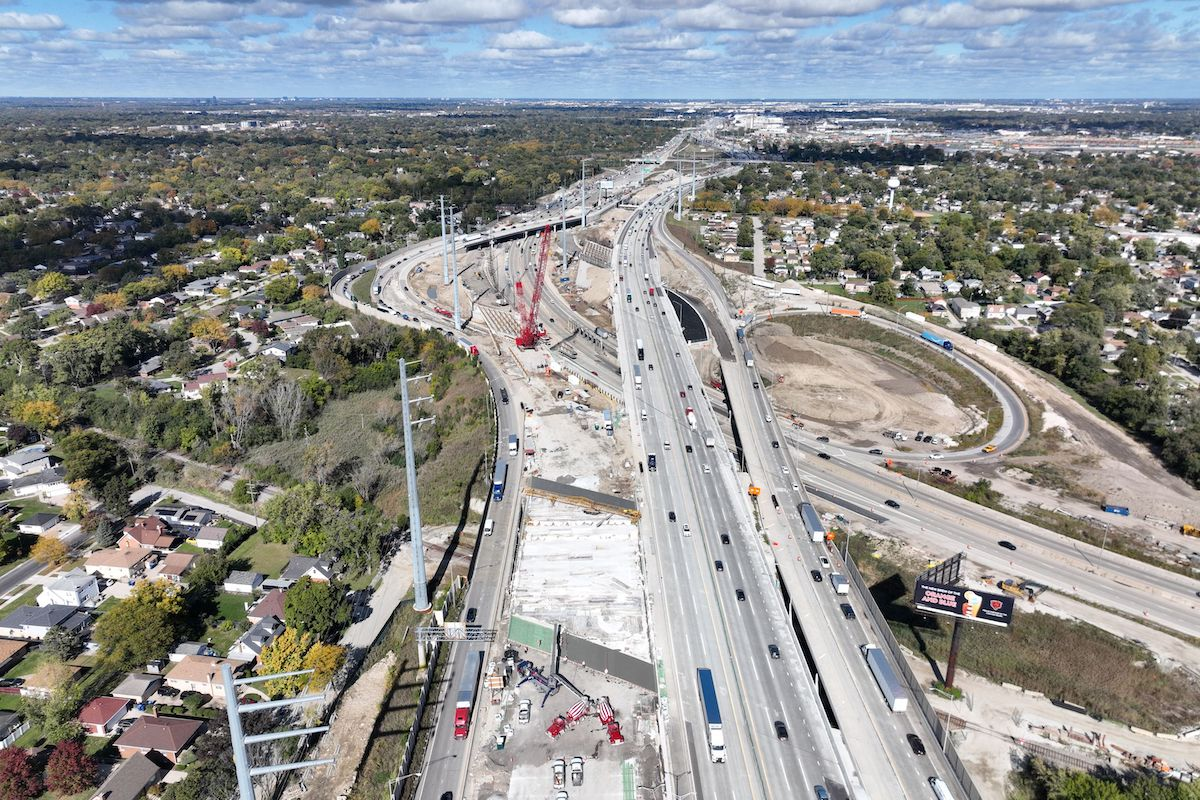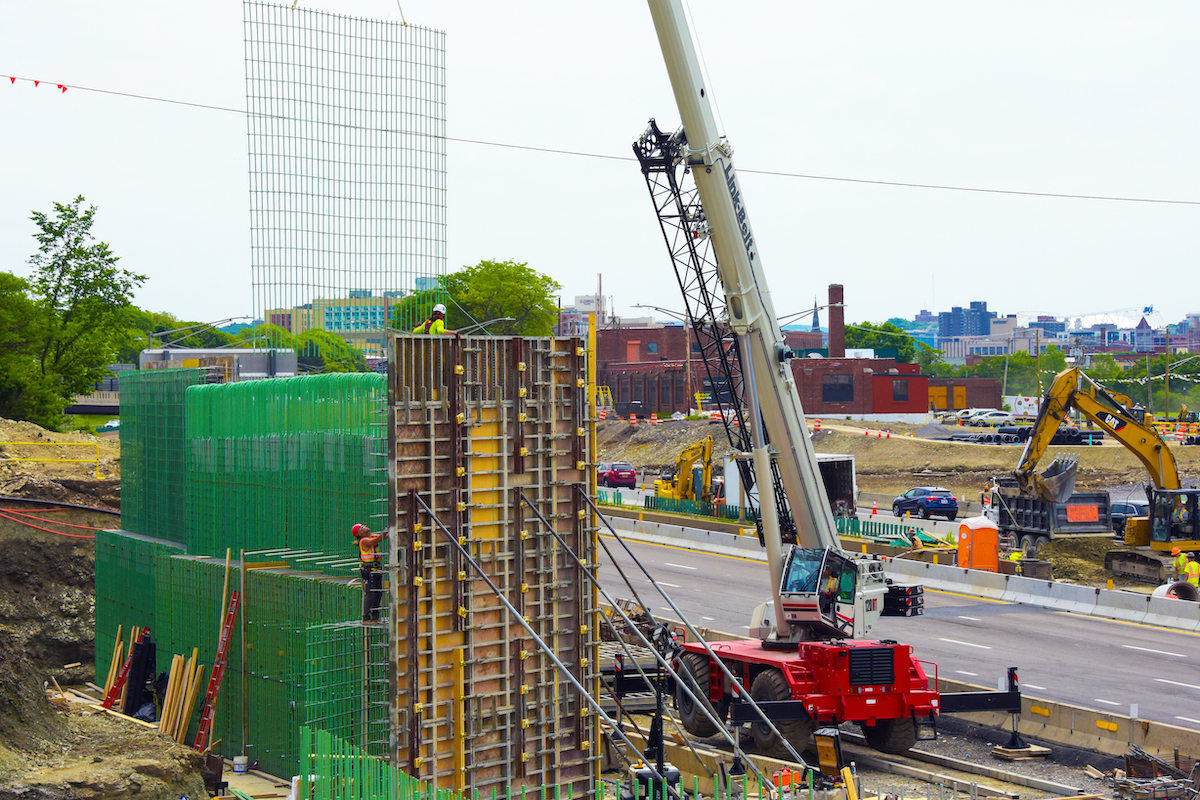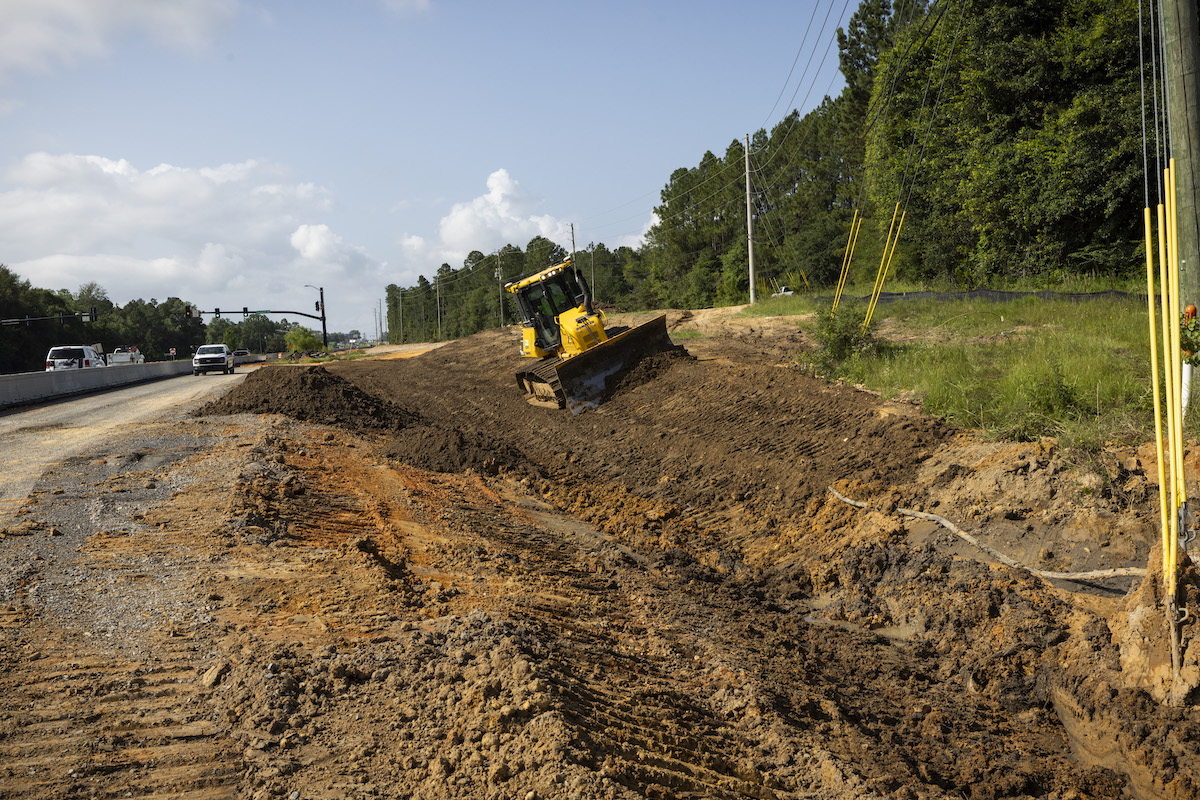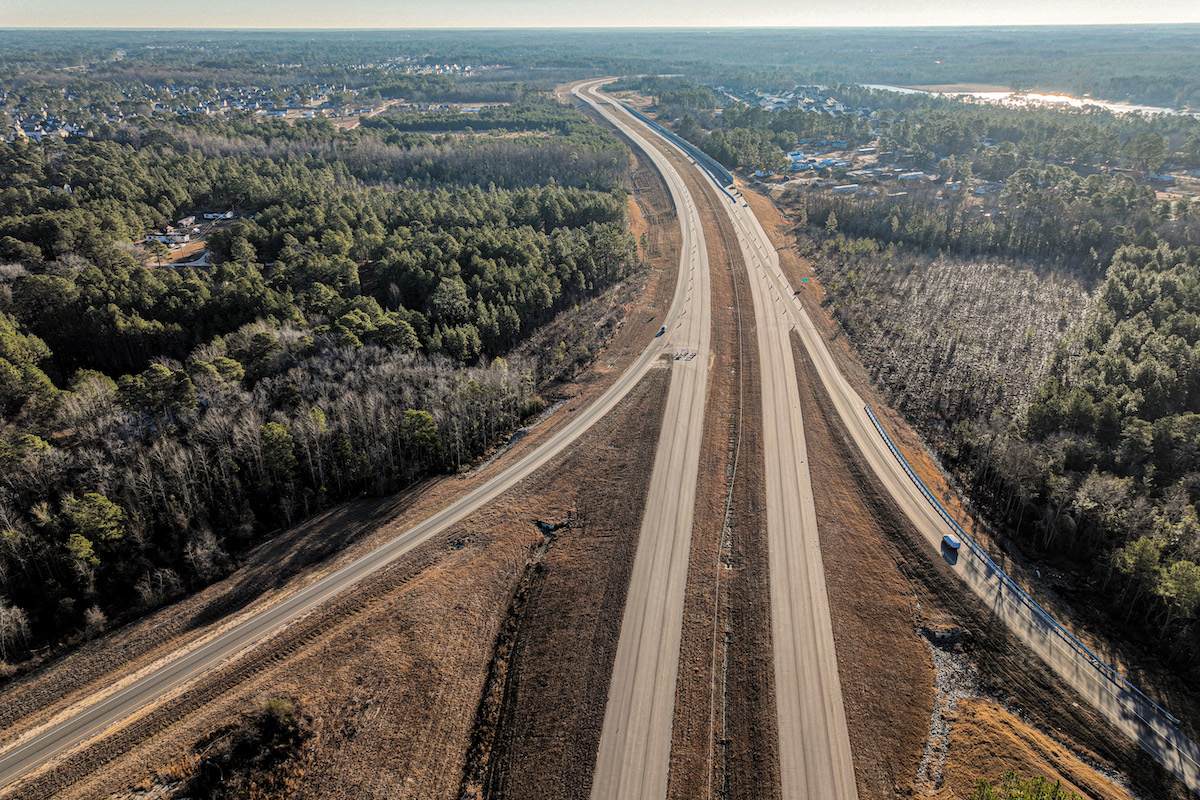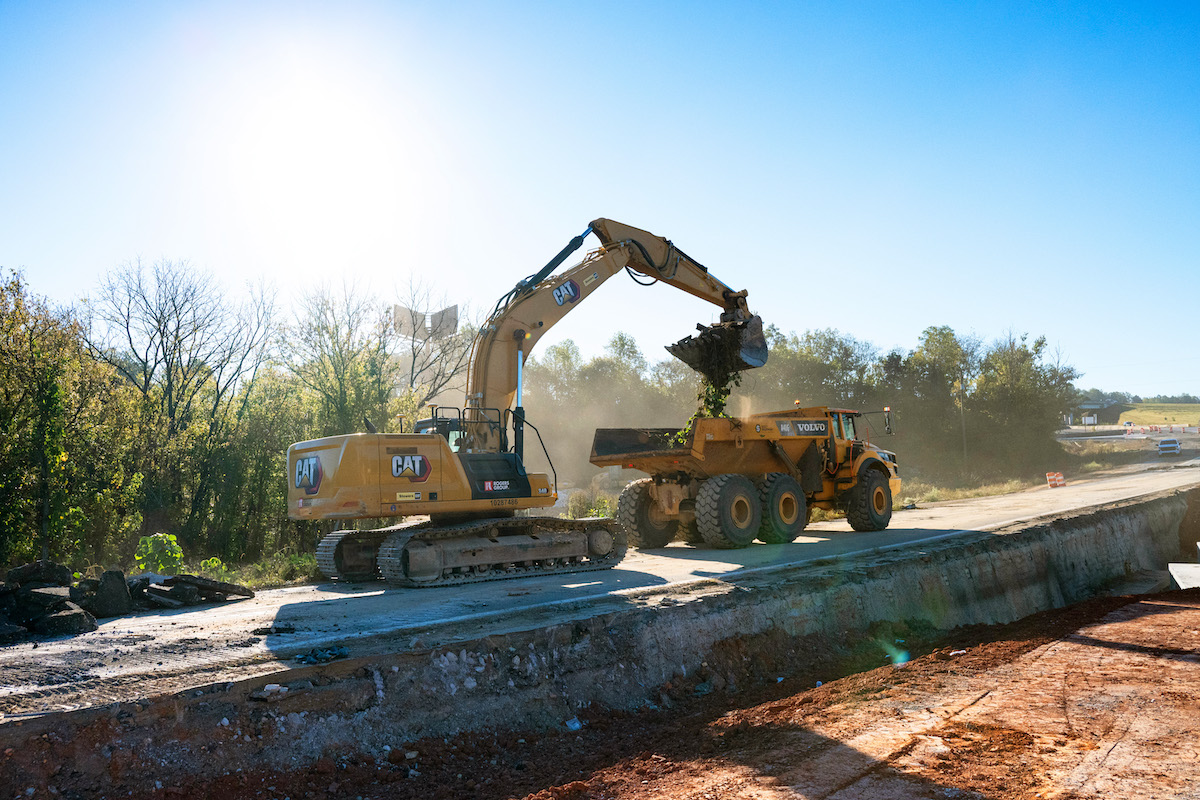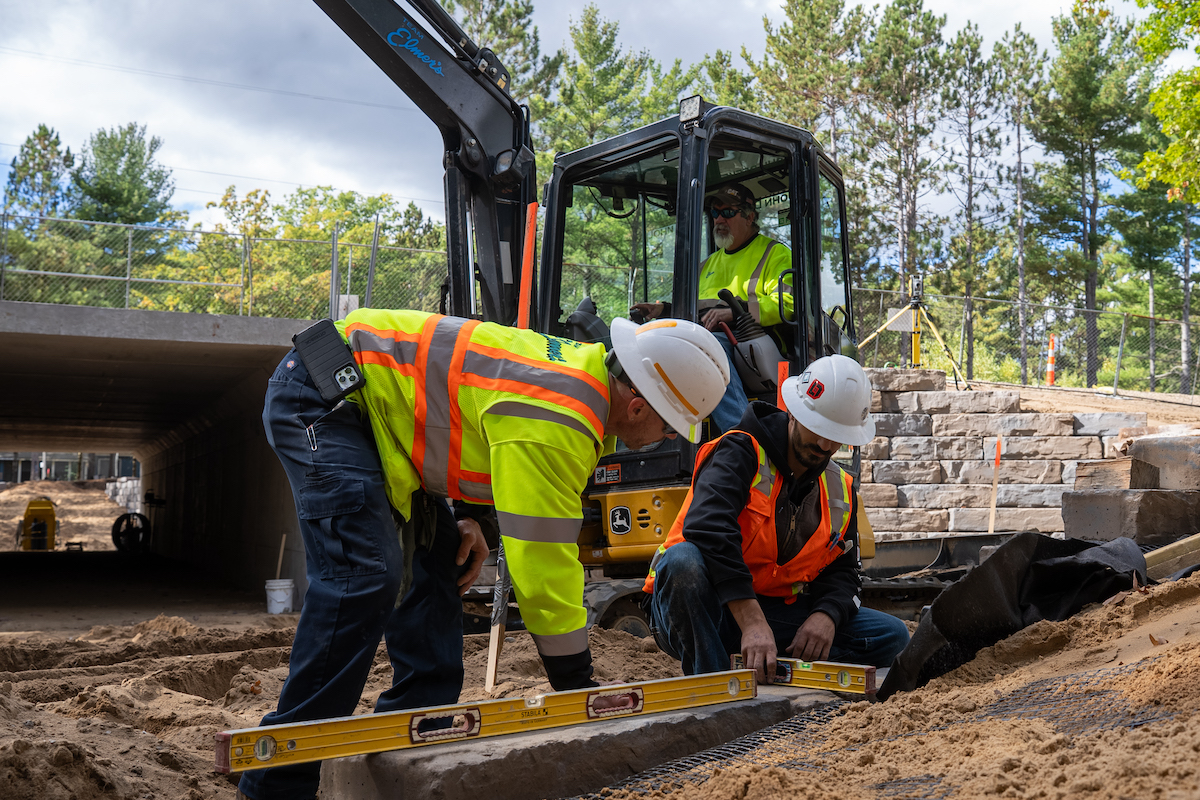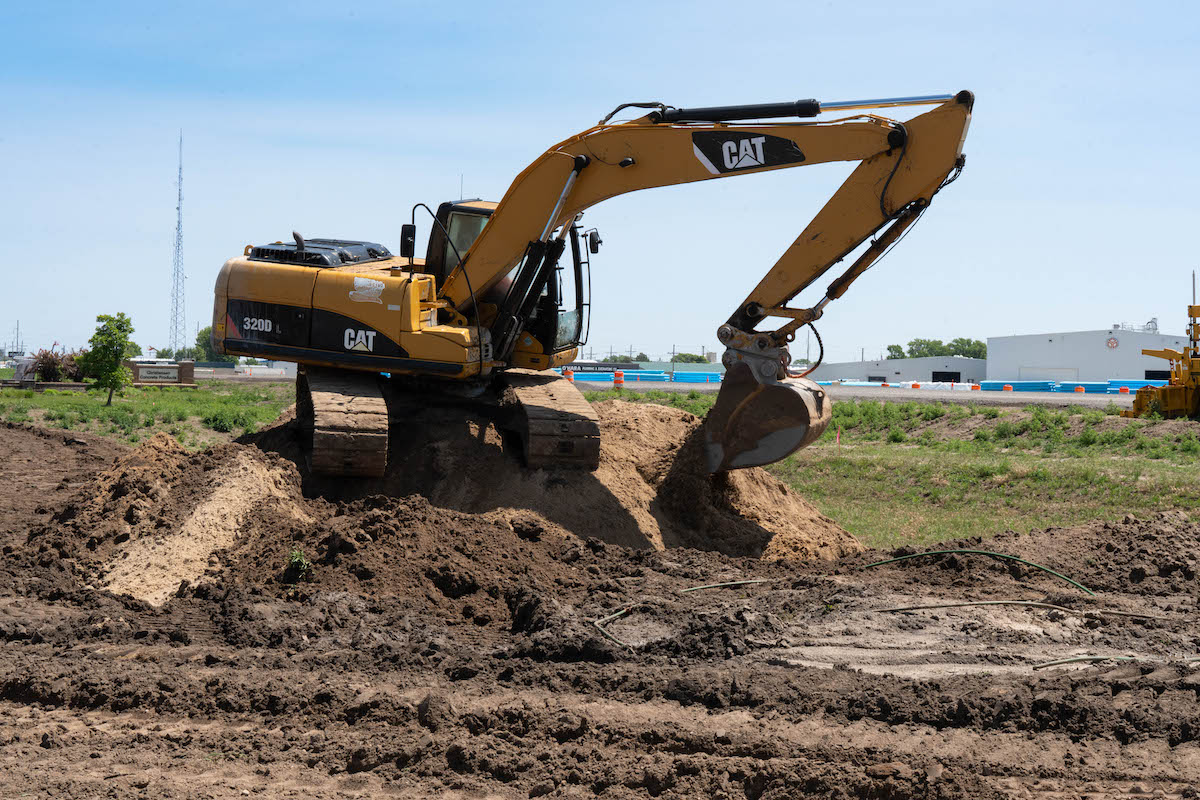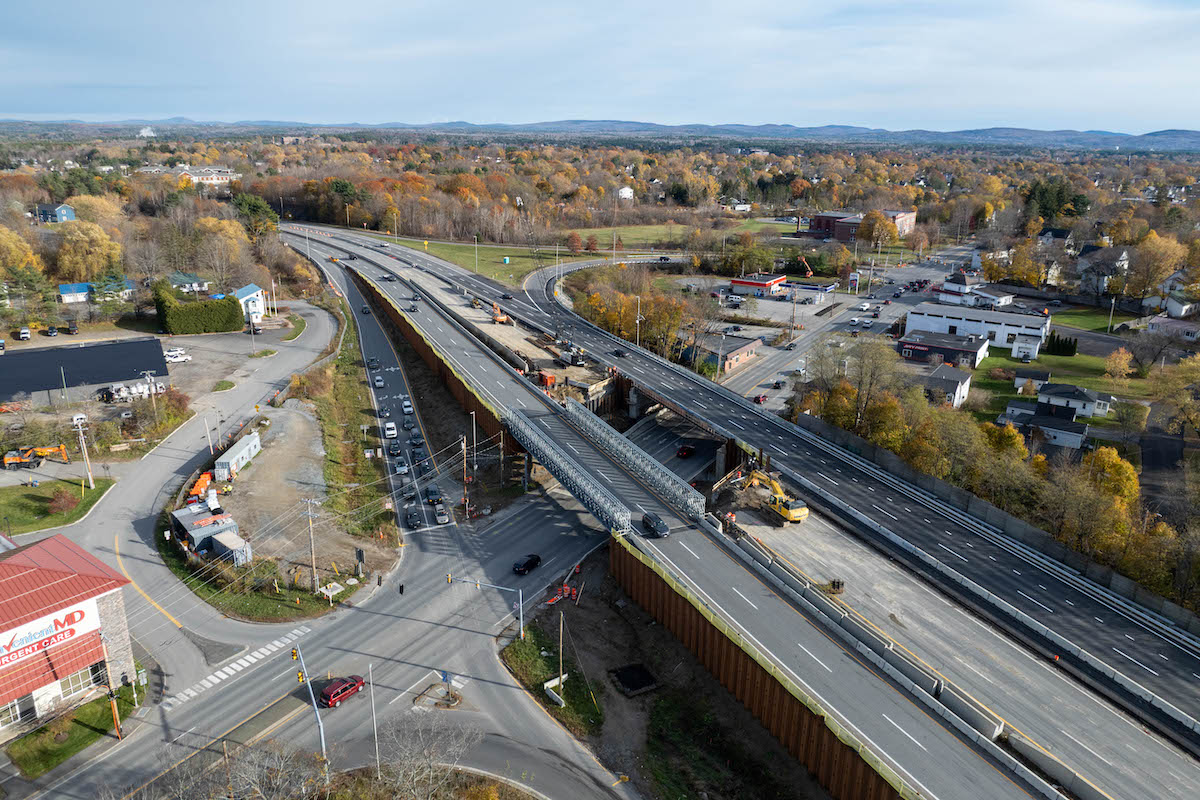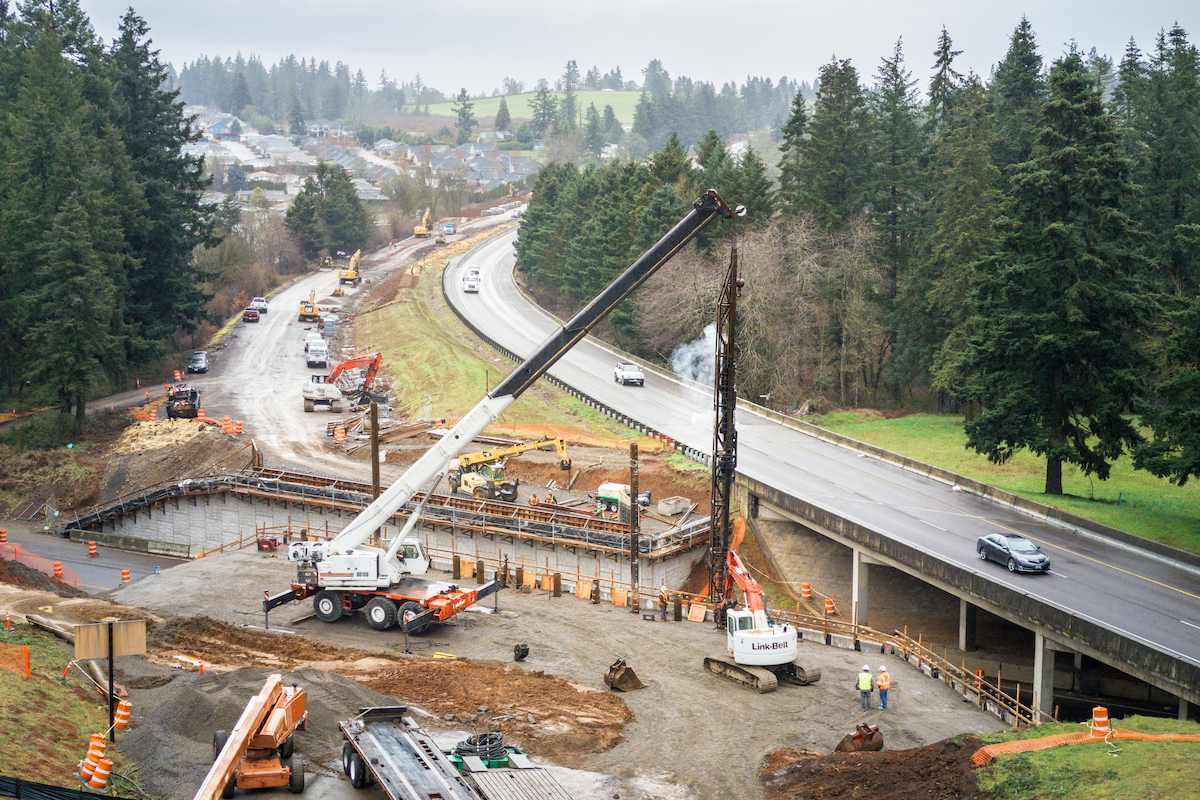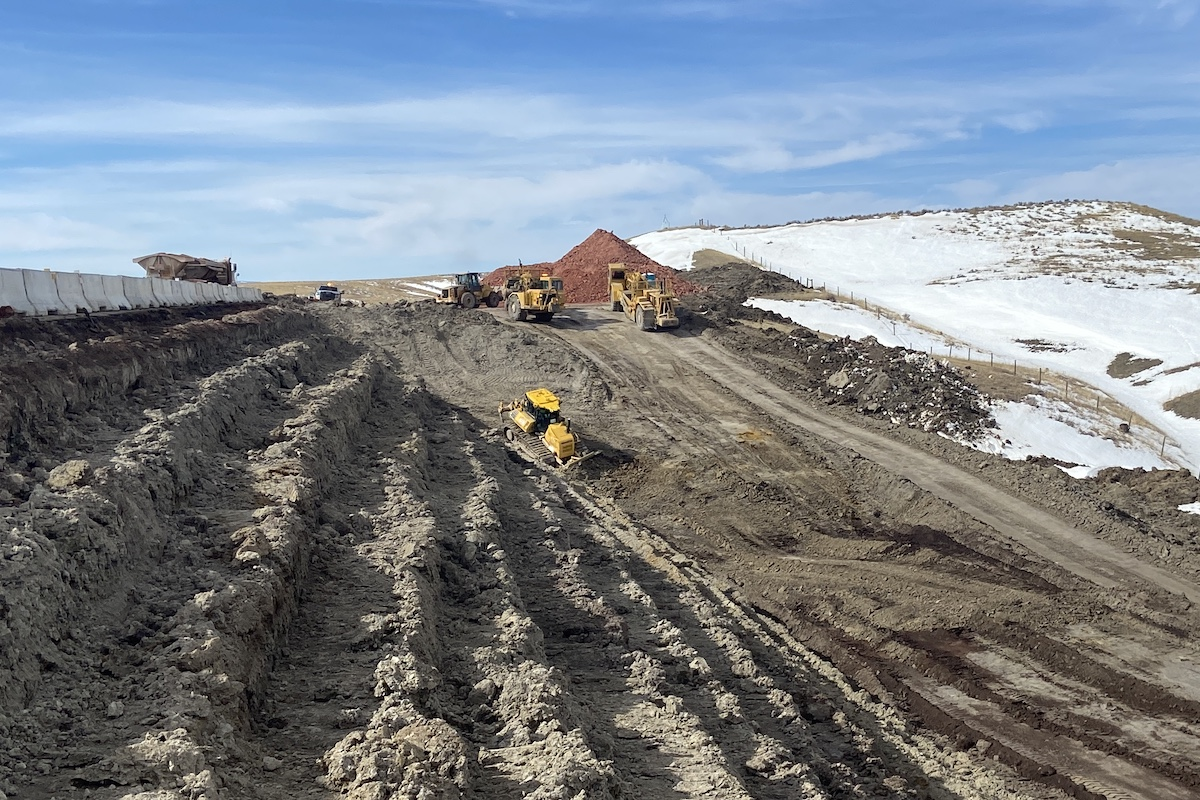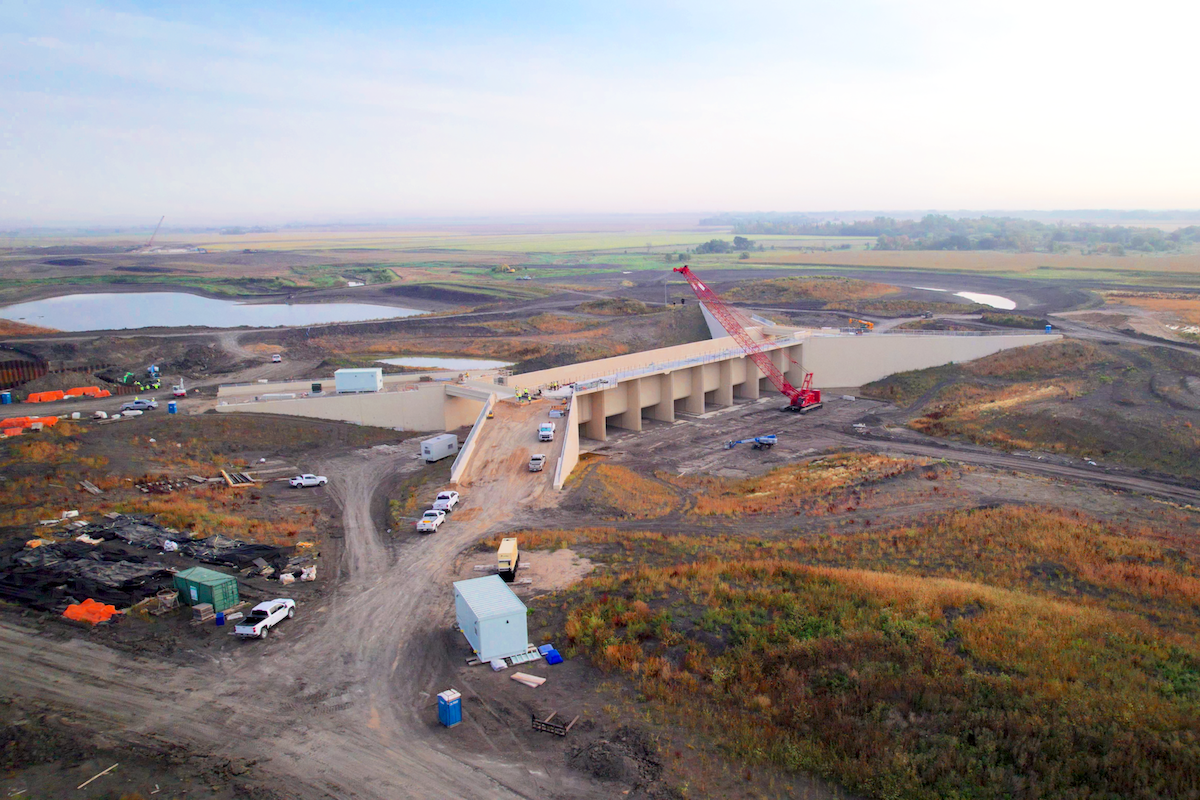As your crews work on the side of the road, out in the mud, in the heat, behind the cones, they need real protection. With speed limits increasing and distractions everywhere — including inside the vehicle — work zones become more dangerous. A labor shortage also means younger, less-experienced workers stepping onto sites and at more risk.
A laminated safety binder in the trailer? A PPE checklist that’s barely changed in 20 years? Training that happens just once a year? That type of approach only invites accidents, injuries, and setbacks when things go awry.
Emerging technologies offer a way to keep workers safer, stepping in where human reflexes tap out, watching what we can’t, and turning a sometimes-chaotic roadside into a coordinated, data-driven safety net.
Let’s start with one powerful example: machines with the ability to flag and direct traffic.
Flagging has long been one of the riskiest jobs in road construction. Today, that frontline role can be handled from a safer spot with automated flagger assistance devices (AFADs). These portable systems take over the stop/slow signaling, controlled remotely by a crew member positioned well away from live traffic flow.

| Your local ASV dealer |
|---|
| CLM Equipment Co |
AFADs provide another layer of protection, like a high-tech safety shield that maintains communication with drivers but removes the construction worker from immediate danger. That means fewer split-second decisions, fewer close calls, and a much safer work zone for everyone.
AFADs have been used on roadways for many years, but newer models offer a host of helpful features, such as connectivity to an intelligent transportation system (ITS) for broader coordination across job sites.
What is ITS? It transforms how we manage safety, flow, and communication in and around construction zones.
At its core, ITS is a network of technologies that gather, analyze, and respond to real-time conditions on the road. From radar sensors to connected cones, cameras, and variable message signs, these tools work together to make the unpredictable more predictable. They offer situational awareness — not just to contractors and departments of transportation, but to drivers themselves — by turning passive signage into a dynamic, interactive experience.

| Your local Bomag Americas dealer |
|---|
| WPI |
In a work zone environment, ITS can track approaching traffic speeds, detect sudden stops or erratic movement, and automatically adjust messaging or alerts. For instance, if cars are approaching too quickly, the system might activate flashing warnings or recommend speed reductions well before the danger zone. Some setups can reroute traffic on the fly, relay updates to navigation apps like Waze or Google Maps, and notify crew members when a breach in the work zone perimeter occurs. It’s a smart safety net that acts faster than a human could.
But the real power of ITS lies in its feedback loop. Every shift, every day, the system collects data and feeds it back into operations to improve planning, placement, and policy. Over time, these insights help inform a variety of efforts, from identifying problem areas to optimizing signage locations to fine-tuning safety protocols based on actual driver behavior.
In short, ITS is about making every work zone smarter and better prepared.
Within an intelligent transportation system, traffic monitoring devices like AWP’s iCone allow crews to track driver behavior and traffic conditions in real time. These aren’t just static cones and barrels; they’re equipped with sensors that detect when they’ve been struck, tipped, or bypassed at unsafe speeds. If traffic patterns shift or a vehicle enters the zone too fast, the system catches it instantly.

| Your local Sennebogen LLC dealer |
|---|
| WPI |
| ASCO Equipment |
That data doesn’t sit idle, either. It feeds directly into an ITS, which can dynamically update digital signage, trigger upstream alerts, and even prompt drivers to reroute via GPS apps in response to emerging risks.
This turns the work zone from a fixed environment into a responsive one where information flows freely, crews stay alerted, and drivers get a clearer picture of what’s ahead.
Motorist error is a constant threat in work zones — and one incident is too many. The goal is to build a safety culture that includes daily safety briefings, targeted training, and leadership buy-in from the top down.
Construction doesn’t stop, and safety can’t wait. The tools exist, the data’s here, and now the question becomes: How are we going to use it?

| Your local Hyundai Construction Equipment USA dealer |
|---|
| Nueces Power Equipment |
Michelle Marsh is Senior Vice President of Environmental, Health, and Safety at AWP Safety, a traffic safety company with over one million work zones secured annually.

